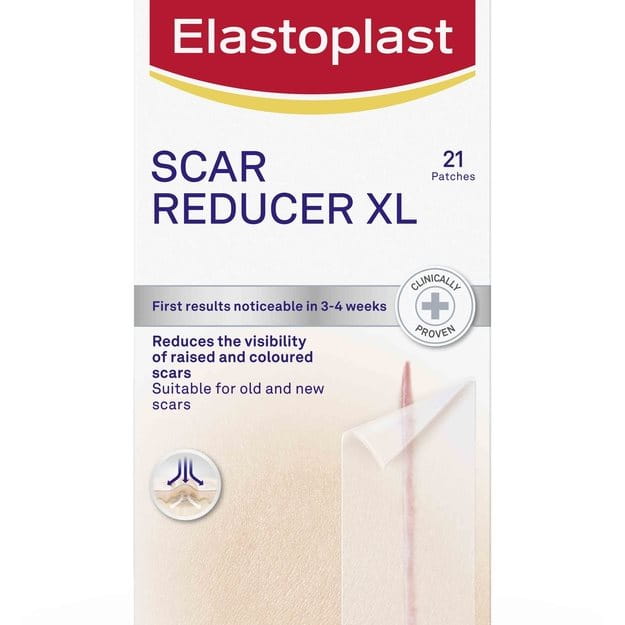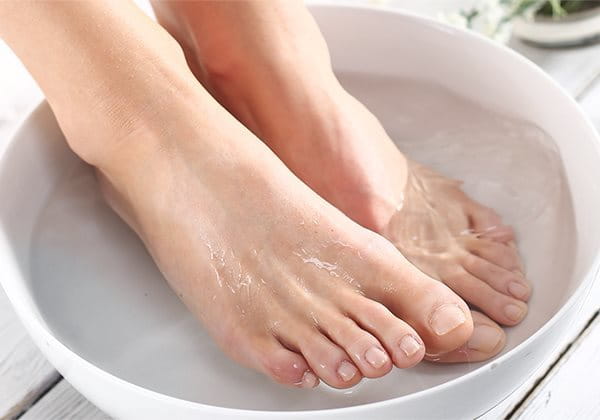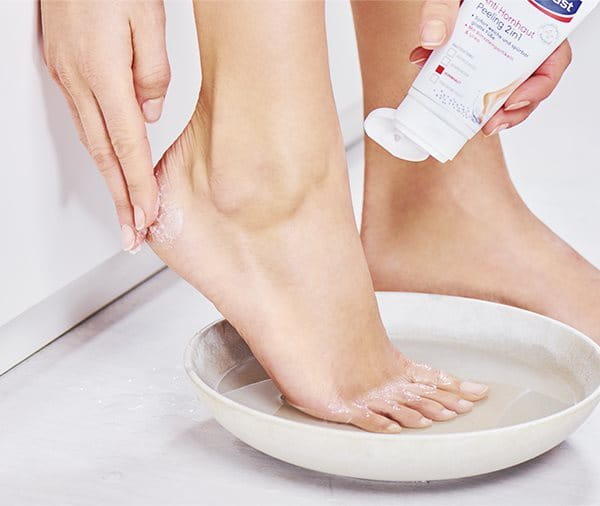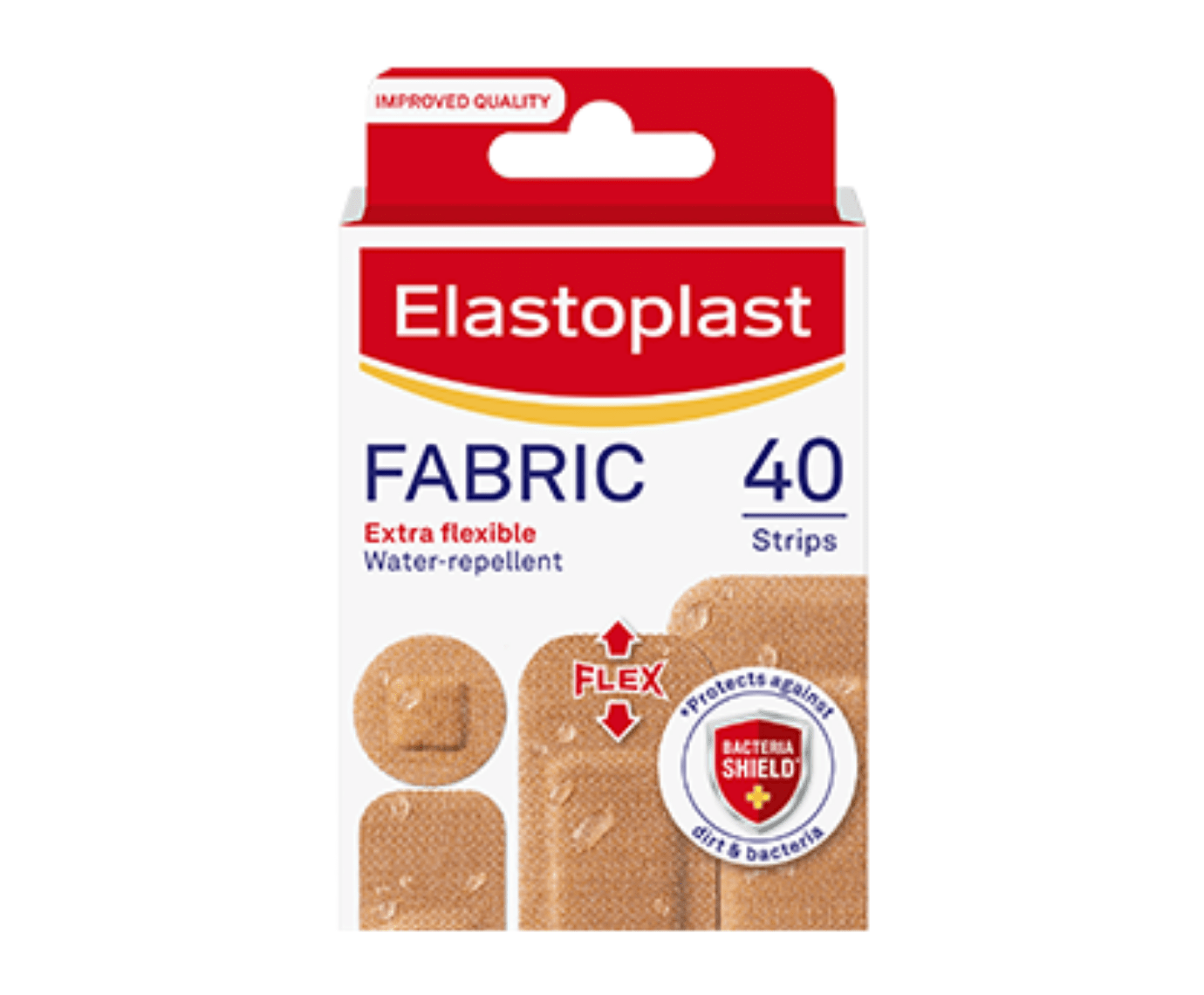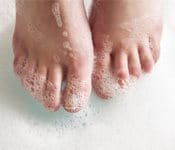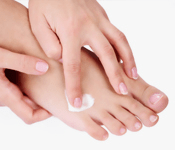Corns and calluses on your feet can be painful and unsightly, but they are nothing to worry about and, in most cases, are simple to remove or manage. This article explains what causes calluses and corns on your feet, how best to remove them, and how to prevent them from forming in the future.
What are calluses and corns on feet?
Corns and calluses are hard or thick areas of skin that develop when your skin tries to protect itself against friction and pressure. Neither are dangerous, but they can cause irritation. They're quite common, and tend to affect women more than men. Despite the terms being used interchangeably, corns and calluses are not the same and are often confused with one another.
Corns on your feet
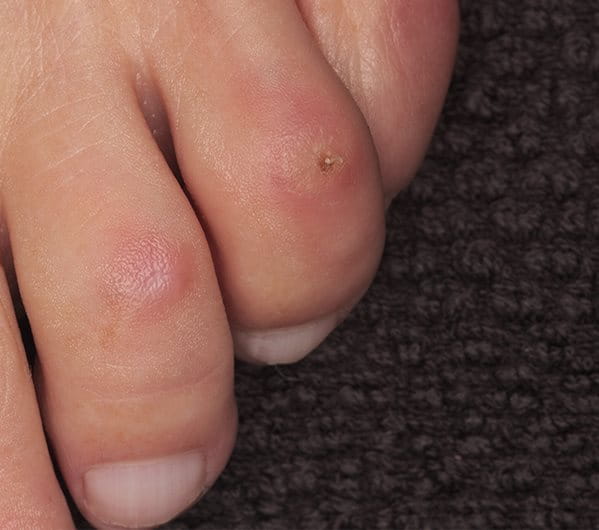
Corns on feet are usually found on the outside of toes or on the side of a bunion – the areas that experience most rubbing from shoes – but can also appear on the soles. They tend to be white/grey or yellow/brown in colour, depending on your skin type. Symptoms include pain and swelling around the corn and discomfort with direct pressure when walking.
Calluses on your feet
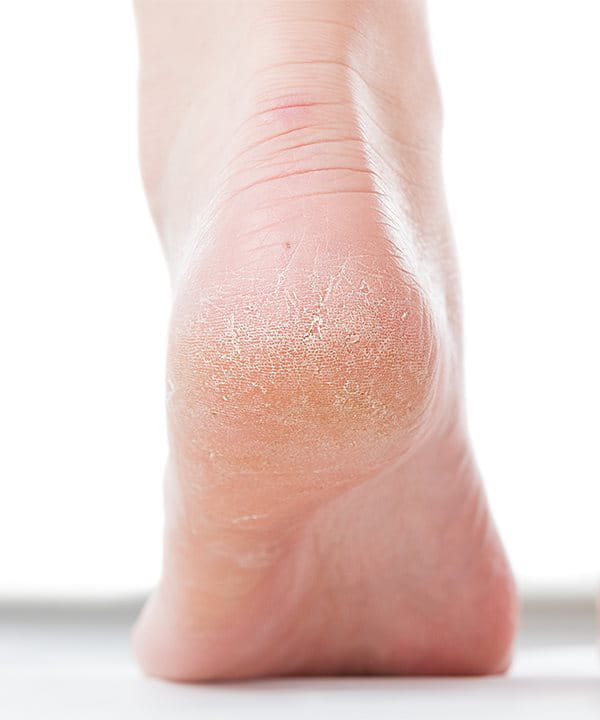
They are normally yellowish or pale in colour, and can have flaky, dry skin around them. Pressure and friction endured by your feet or hands can lead to the development of discoloured skin which can become calluses. This thickened skin often appears pale or yellow because the skin is harder than normal, soft skin, giving it its yellowish appearance.
Do corns and calluses on your feet hurt?
What is the difference between a corn and a wart?
Corns and warts look similar but have different causes. A corn is caused by pressure, a wart is caused by a viral infection. The way they cause discomfort is also different. Corns on feet cause pain when you push them, whereas warts are more painful when you squeeze them.
What causes corns and calluses on feet?
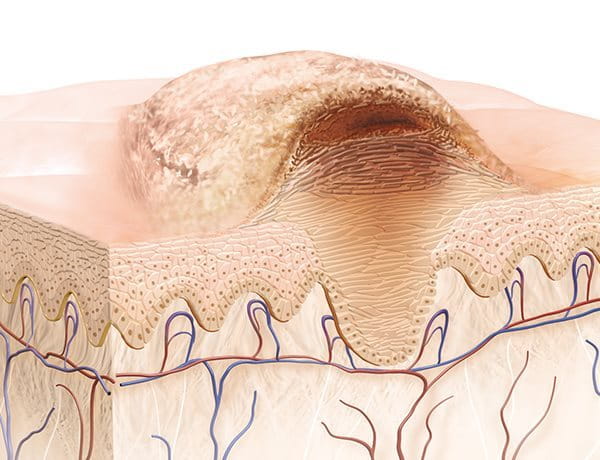
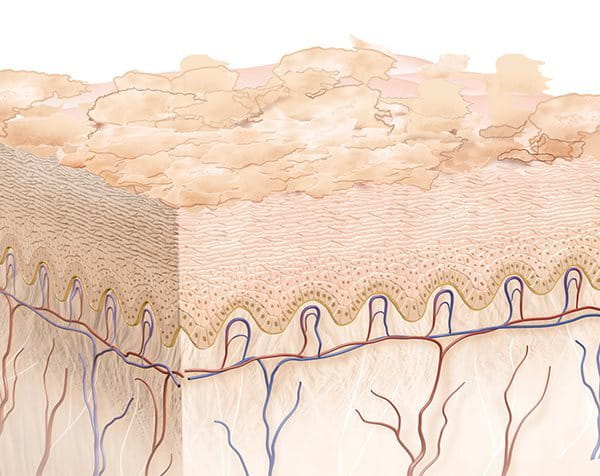
When your feet have to endure pressure or friction, the epidermis thickens the stratum corneum to protect itself from injury. As a result, hardened, calloused skin is formed on the feet.
If the pressure persists, especially in a specific spot, the calloused skin can form a corn with a hard core that reaches the deeper, sensitive skin structures and thus causes pain. This core is often called the 'root' of the corn.
Though they usually appear on the outside of toes, corns can also occur at the sole of the foot or between the toes. This is where the skin is moist from sweat or inadequate drying, causing these 'soft corns'.
Common causes of corns and calluses on feet
Although it’s normal to have calluses and corns every so often on your feet, sometimes these are caused by certain factors that can be eliminated to prevent further corns and calloused skin forming:
- Wearing ill-fitting shoes: Shoes that are too high or too tight, such as high heels or pointy shoes, can put pressure on the foot, while shoes that are too loose can cause friction, both of which can result in corns and calluses forming.
- Wearing ill-fitting socks: Socks which do not fit your feet properly can lead to friction between your skin and your shoe.
- Wearing no socks: Not wearing any socks with shoes can result in friction between your skin and the shoe.
- Walking barefoot: Walking barefoot will cause the skin on your feet to thicken in order for the skin to protect itself against damage.
- Repeated actions: Playing an instrument, using gym equipment such as weights, using hand tools without gloves, jogging or walking in a particular way can all lead to pressure being placed on your hands or feet in a certain area.
- Older age: As we get older, we have less fatty tissue in our skin, which causes there to be less padding and as a result, you have a higher risk of developing calluses and corns, especially on weight-bearing areas like the ball of your foot.
How to get rid of calluses on your feet
How to get rid of corns on your feet
When to see a doctor about calluses or corns on your feet
Preventing calluses and corns on your feet
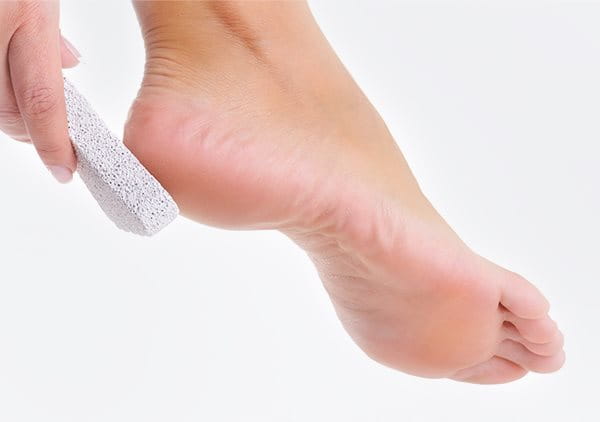
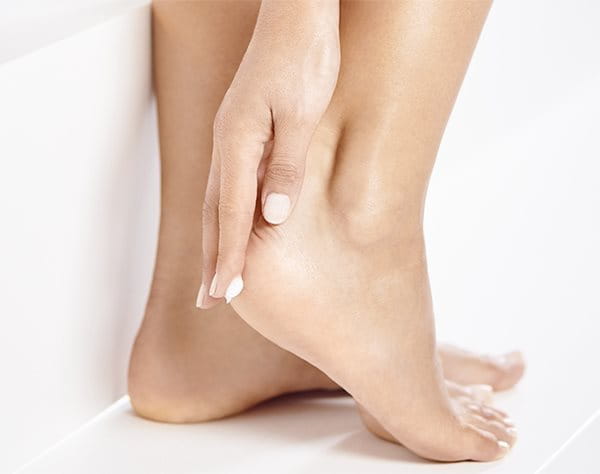
- Your first measure should always be to stop further pressure to relieve pain, so choose shoes that fit well and don’t pinch, rub or put your feet under undue pressure
- Wear a clean pair of thick, cushioned socks each day and use talcom powder to prevent sweating
- Regularly and carefully remove excessive hard skin from your feet with a pumice stone, foot file and an exfoliating footcare product
- Moisturise your feet twice a day
- Padded shoe inserts (orthotics) or protective insoles can provide added support and cushioning, especially if you have underlying foot issues like problems with how you walk, stand, or run
- Trim your toenails regularly because longer nails can force the toes to push up against your shoe and create pressure, and be sure to cut them straight across (not down at angles)
- Protect the hands by wearing padded gloves when using hand tools

